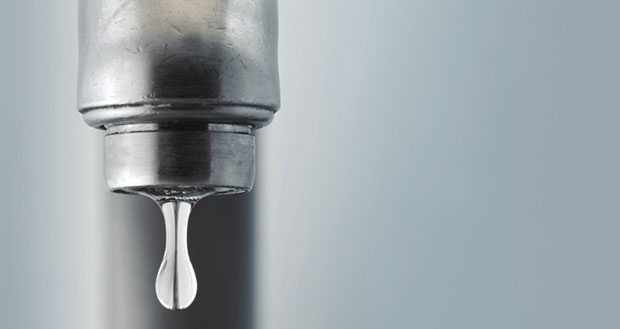Paul Millard, Technical Manager at Water Regs UK, explains the importance of making sure washrooms comply with the water fittings regulations and byelaws
In properties across the country, facility managers are responsible for ensuring that washrooms comply with the Water Fittings Regulations and Scottish Byelaws. Compliance not only protects water quality but also plays an important role in making sure that water waste is kept to a minimum.
It may come as a surprise to hear that around 400 million litres of water are estimated to leak from toilets across the UK every day. This is enough to supply water to 2.8 million people.
Taking steps to ensure that a washroom is robust and compliant with regulations helps to reduce the risk of a leak further down the line. So, what does this mean for facilities managers?
WHAT ARE THE WATER FITTINGS REGULATIONS AND BYLAWS AND HOW DO THEY APPLY TO WASHROOMS?
The Water Fittings Regulations(i) and Scottish Byelaws(ii) set out the legal requirements for plumbing systems through design, installation, operation and maintenance of water fittings and appliances. These regulations are in place to prevent water contamination, misuse, waste and undue consumption of water.
The regulations apply from the point where water enters the property’s underground pipe to where the water is used in plumbing systems, water fittings or water-using appliances in all types of premises supplied, or to be supplied, with water by a water company.
It’s important for facilities managers to remember that before most types of plumbing work takes place, the regulations require the local water supplier’s consent first. This can help prevent non-compliant work being installed, which would be more expensive to correct later.
To comply with the regulations, there are various measures in place which impact different products in a washroom.
- Basins must have plugs to help conserve water. However, if the tap flow is less than 3.6 litres per minute, has a spray tap fitted or has a self-closing tap, then a plug is not needed, and the taps will still comply with regulations.
- When the shower head reaches the tray, showers require backflow protection in order to comply with the regulations. Most situations are Fluid Category 3 (FC3) and therefore require double check valves, however some situations need a higher level of protection. If you’re unsure, the easiest way to check is to contact your local water company.
- Urinals need the right backflow protection and should supply no more water than is necessary for effective flow over the internal surface of the urinal and replacing the fluid in the trap. In particular, care should be taken to ensure that automatic flushing systems have isolation valves and time controls so they do not use more water than is necessary.
- Bidets are categorised as being high risk (FC5), so it’s really important facilities managers ensure that they are installed correctly by an approved plumber. To comply with the regulations, there needs to be a physical air gap to ensure safety.
Unlike the everyday bathroom, some washrooms also include cleaner stations. Cleaner stations which have bucket fill points with hoses can be the highest level of risk (FC5), so there needs to be careful consideration about how these points are used. Type DC pipe interrupters can be useful with open ended hoses – however there may be limitations on flow. If you’re in doubt, check with your water company.
Over the last year, many facilities managers have had to put precautions in place to adhere to social distancing. To ensure that water within the plumbing system is not left to stagnate, you should consider how water use in different parts of the building has been affected. You may consider introducing flushing plans or rotate the WCs and basins that are available. This helps to ensure each part of the plumbing system gets used and maintains regular water turnover.
HOW CAN FACILITIES MANAGERS ENSURE A WASHROOM IN THEIR PREMISES ARE COMPLIANT?
Facilities managers can take a number of precautions to ensure that their property, in particular their washrooms, comply with water regulations. Two of the most important factors to consider are whether the plumbing product which is being installed complies with the Water Fittings Regulations and Byelaws and, when looking for an installer, making sure they’re a qualified professional, such as a WaterSafe plumber.
WaterSafe plumbers must have specific qualifications in the regulations before they can be approved and can issue you with a work completed certificate. This certificate gives you legal protection against prosecution as you can demonstrate you used an Approved Contractor.
Ensuring that only compliant plumbing products and fittings are purchased is the first step in making sure that a property’s washrooms don’t breach regulations. All plumbing fittings that are installed, must be tested to demonstrate they are of a suitable quality and standard. These tests check for any impact on water quality and leaks, so it makes sense to check that every product has been tested or look for an approval mark for reassurance before they are installed.
As not all products that are sold have been tested, a simple way to be sure of compliance is to check their ‘approved’ status. There are a number of approval schemes in the UK, including: wrasapprovals.co.uk; kiwa.co.uk/waterproducts; and nsf.org/certified-products-systems.





